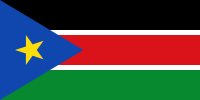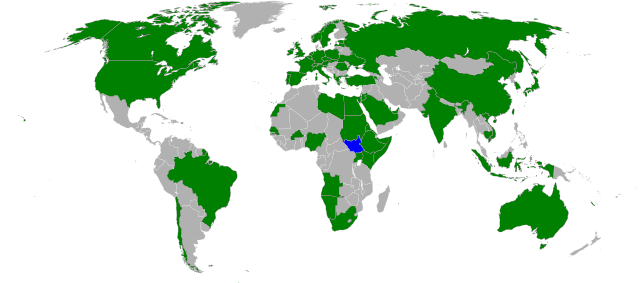Old Portal (members.polgeonow.com) | New Portal (controlmaps.polgeonow.com)
(To see other maps in this series, view all Sudan articles on PolGeoNow.)
Map and article by Evan Centanni and Djordje Djukic

From October to December of 2023, the defiant Rapid Support Forces (RSF) paramilitary group
accomplished a massive consolidation of control in western Sudan's Darfur region. By early December, the
country’s official military had lost its footholds in four out of five of the region's state capitals - though the RSF's control of Darfur was still not as complete as most reports implied.
(This second edition of our new Sudan map series
depicts control in early December 2023, based on research conducted
through January of 2024. Another edition, showing the current situation in 2024, will be coming in the near future.)
This map and report are premium content, available to paid subscribers of the PolGeoNow Conflict Mapping Service.
Want to see before you subscribe? Check out our most recent FREE SAMPLE Sudan map report!
Exclusive map report includes:
- Up-to-date illustration of current territorial control in Sudan's new civil war between the Sudanese Armed Forces (official government military) and Rapid Support Forces (RSF) paramilitary group, rigorously corroborated, with areas of ambiguity clearly indicated.
- Detailed and carefully-researched illustration of territorial control by Sudan's two major "holdout" rebel forces from before the 2023 war: SPLM-N El Hilu in South Kordofan and Blue Nile states, and the SLA-AW (SLM-AW) in Darfur's Jebel Marra.
- Thoroughly-researched depictions of each disputed territory claimed by Sudan along the Egyptian and South Sudanese borders, marking which parts are controlled by the other countries and which parts by other groups (e.g. UN peacekeepers and the Ngok Dinka "Abyei Area Administration").
- Detailed indication of city-by-city control, including key towns and other locations important to current events
- Locations of recent control changes and other important events, including Nyala, Zalingei, Ed Daein, Ardamata, Balila oil field, Shag Omar oil field, Babanusa, Um Rawaba, and more.
- Detailed timeline of important events and changes to territorial control from October 9 to December 5, 2023, with links to sources.
SUBSCRIBERS CLICK HERE TO VIEW FULL ARTICLE AND MAP:
Old Portal (members.polgeonow.com) | New Portal (controlmaps.polgeonow.com)
Not signed up yet? Click here to learn more about our professional subscription service!
Can I purchase just this map?
This map and report are not available for automated purchase to non-subscribers. If you need access or republication rights for only this map report, contact service@polgeonow.com for options.

















